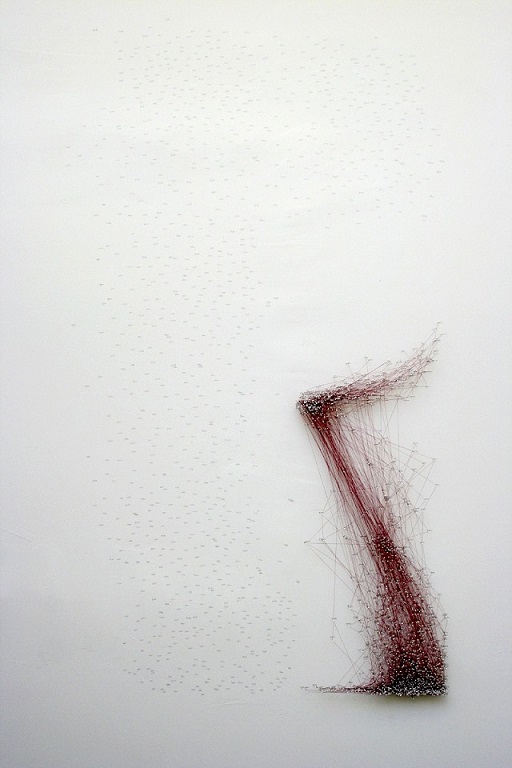Refiguring the Silence of Australian Landscapes
Keywords:
Silence, Judith Wright, Australian colonial history, Cultural landscapes, Deconstruction, Ecocriticism.Abstract
This paper explores the way silence has been defined and redefined as a means of describing the Australian landscape. Since the first stages of European colonisation in Australia, “silence” has been a common trope used to describe the Australian landscape. While many parts of the country, especially the interior, are indeed audibly silent, other “noisier” regions were also described as such. This silence has been identified as being based in a problem of description and an ‘ontological uncertainty’, which was in turn effaced through the rhetorical construction of silence as implying an absence or lack of meaning in the landscape prior to the arrival of European settlers. Judith Wright’s poetry interrogates this silence in these terms, demonstrating that it may not be a signifier of emptiness, but rather of signs or aspects of phenomena that escapes conceptual grasp. Taking a poststructuralist-informed, ecocritical approach to Wright’s poetry, I argue that Wright refigures the perceived silence of the Australian landscape in such a way that it comes to signify the presence of other-than-human configurations of landscape, without venturing to define them explicitly.Downloads
Published
2015-05-24
Issue
Section
Articles
License
The copyright for articles in this journal is retained by the author(s), with first publication rights granted to the journal. By virtue of their appearance in this open access journal, articles are free to use with proper attribution in educational and other non-commercial sectors.Attribution-NonCommercial-ShareAlike 2.1 Australia
This work is licensed under the Creative Commons Attribution-NonCommercial-ShareAlike 2.1 Australia License. To view a copy of this license, visit http://creativecommons.org/licenses/by-nc-sa/2.1/au/ or send a letter to Creative Commons, 543 Howard Street, 5th Floor, San Francisco, California, 94105, USA.
How to Cite
Refiguring the Silence of Australian Landscapes. (2015). Journal of the Association for the Study of Australian Literature, 15(1). https://openjournals.library.sydney.edu.au/JASAL/article/view/9935

